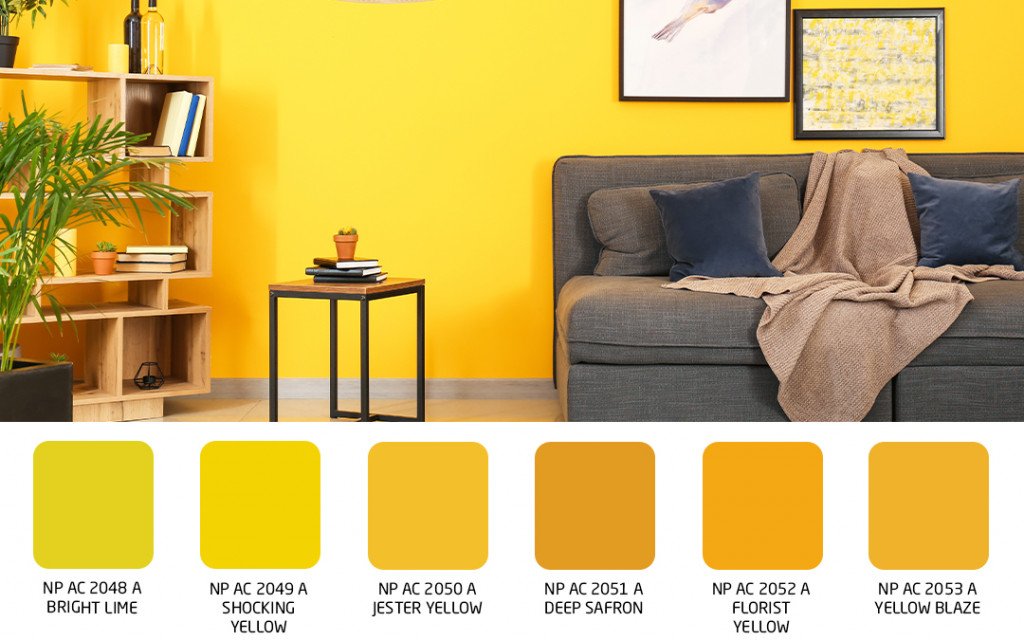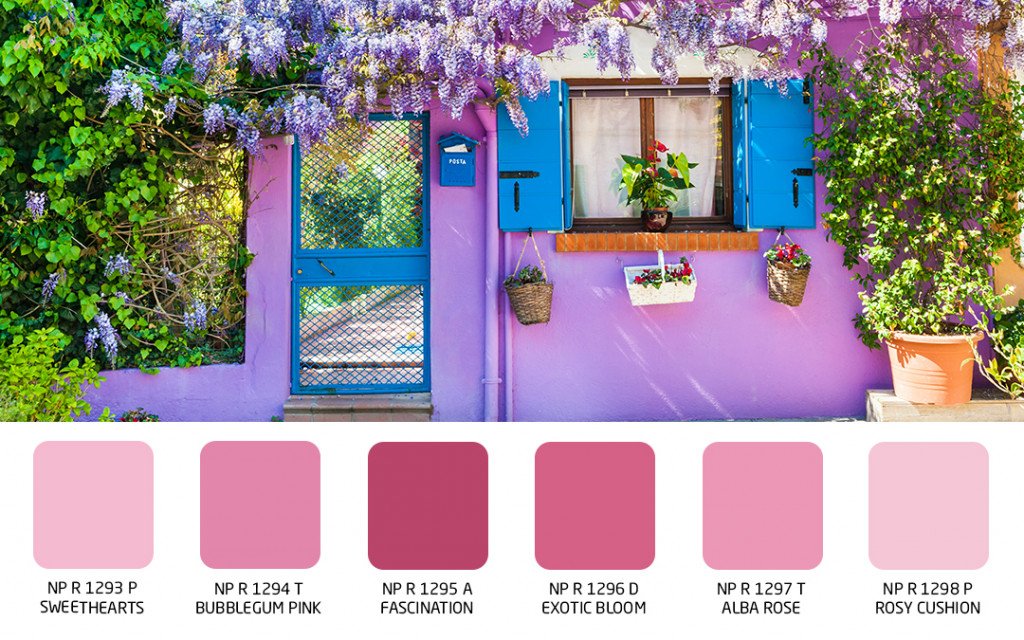
Selecting the right exterior paint is crucial for protecting your home and ensuring it looks great for years. Here’s a guide to help you choose the right exterior paint:
Types of Exterior Paint
Latex (Acrylic) Paint:
Water-based: Easy to clean with soap and water.
Flexible: Resists cracking and peeling.
Durable: Stands up well to harsh weather conditions.
Quick drying: Faster project completion.
Low VOC: Environmentally friendly options available.
Oil-Based Paint:
Durable: Excellent for high-traffic areas and surfaces needing extra protection.
Smooth finish: Provides a smooth, glass-like surface.
Long drying time: Allows for better leveling and more even finish.
Requires solvents: Needs mineral spirits or turpentine for cleaning.
High VOC: More environmentally impactful compared to latex paints.
Paint Finishes
Flat/Matte:
Non-reflective: Hides imperfections well.
Best for: Older homes or surfaces with many imperfections.
Maintenance: More challenging to clean.
Satin:
Low sheen: Subtle, soft glow.
Best for: Siding, trim, and eaves.
Maintenance: Easier to clean than flat finishes.
Semi-Gloss:
Shiny: Reflective and bright.
Best for: Doors, windows, and trim.
Maintenance: Very easy to clean.
Gloss:
Highly reflective: Shiny, glass-like finish.
Best for: Accents like shutters and architectural details.
Maintenance: Easiest to clean but shows imperfections.
Choosing the Right Color
Consider the Environment:
Surroundings: Look at the landscape, neighboring houses, and natural surroundings.
Climate: Light colors reflect heat and are better for warmer climates; dark colors absorb heat and may be suitable for cooler climates.
Architectural Style:
Historic homes: Use historically accurate colors.
Modern homes: Bold, contrasting colors can highlight architectural features.
Trends vs. Timeless:
Trendy colors: May need repainting sooner if they go out of style.
Timeless colors: Classic choices that stand the test of time.
Testing Colors:
Sample swatches: Apply small amounts on different sides of the house to see how they look at different times of the day.
Consider permanence: Exterior paint is a long-term investment, so choose colors you’ll be happy with for years.
Tips for Painting
Prep Work:
Clean the surface: Remove dirt, mildew, and loose paint.
Repair damage: Fill cracks, replace damaged wood, and sand rough spots.
Prime: Use a primer suitable for the surface material and the type of paint you’re using.
Application:
Tools: Use high-quality brushes and rollers designed for exterior use.
Technique: Apply paint in consistent, even strokes to avoid streaks.
Weather: Paint in mild, dry weather to ensure proper drying and adhesion.
Multiple Coats:
First coat: Apply a thin, even coat and allow it to dry completely.
Second coat: Follow with a second coat for a more durable, uniform finish.
By considering these aspects, you can make an informed decision about the best exterior paint for your project, ensuring your home is protected and looks great for years to come.


